Share the Lore!
By Sid Meyers
The Power and Symbolism of Dragons in Mythology
No matter how dragons have entered your life, whether through games like Dungeons and Dragons or through fantasy media like Game of Thrones, dragons have been a fixture of mythology worldwide for centuries.
Now that you’ve seen modern interpretations, let’s take a look at how dragons have influenced the cultures of the world. They are powerful, often unpredictable creatures that can symbolize both good and evil.
In some cultures, dragons represent luck, wisdom, or prosperity. In others, they are seen as dangerous and destructive beasts to be feared.
What makes dragons the enchanting, fiery, scaly, and captivating creatures that we all love?
Fun Fact: The word "dragon" is derived from the Greek word "drakon," which means "serpent" or "huge serpent."
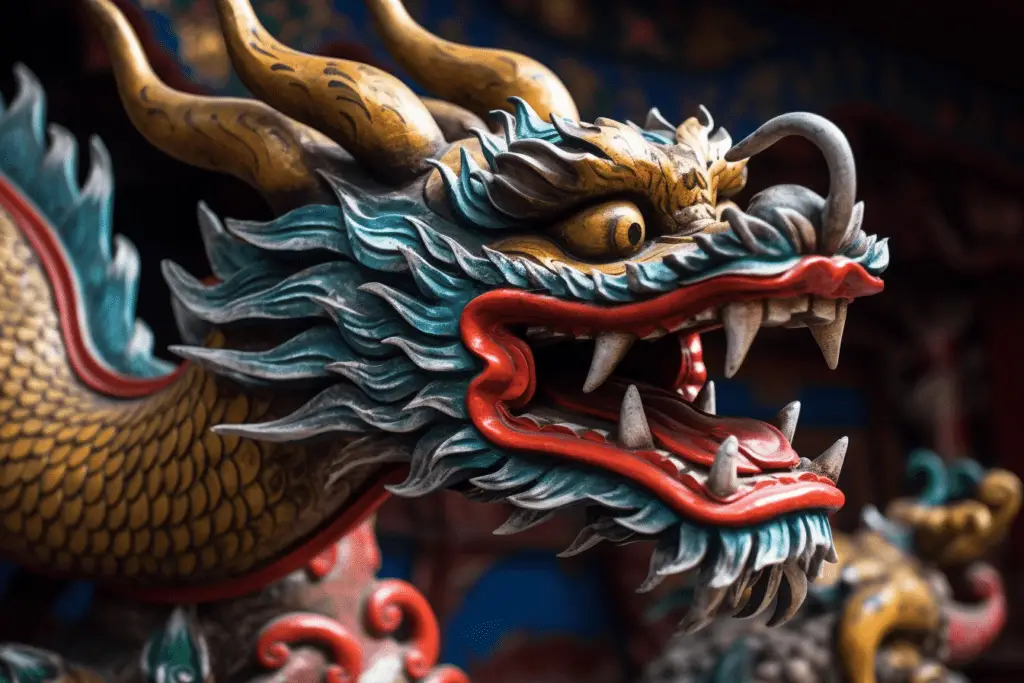
Differences Between Eastern and Western Depictions of Dragons
The differences between Eastern and Western depictions of dragons begin with their physical appearance. In the East, dragons are often depicted as serpentine creatures with long bodies, and four legs (or no legs at all), and are distinctly snake-like.
They are colorful and intricate in design, with scales that shimmer in the light.
In contrast, Western dragons are often portrayed as more reptilian in nature – they have thick bodies covered in rough scales, large wings that allow for flight, and large claws used for grasping princesses or hoarding treasure.
The symbolism behind dragons is also quite different between East and West. In many Asian cultures such as Chinese or Japanese culture dragons represent good fortune or power but also wisdom – it is said that a dragon who holds a pearl is a symbol of power and spiritual wisdom.
However, in many European cultures such as Nordic mythology where there are stories about giant sea serpents called Jörmungandr who will rise up at the end of time to bring about Ragnarök – destruction on an unimaginable scale – dragons represent danger or chaos.
They were seen as powerful beasts capable of destroying entire cities with ease. Despite these differences between East and West depictions of dragons – they both share similar themes such as power over nature, magic, and potential for good or evil – which raises the question: Why are dragons so important in mythology?
The Importance of Dragons in Mythology
Dragons have been used as symbols in many cultures for their power and versatility. They represent the natural world, with their association with fire, water, earth, or air which made them an ideal subject matter for ancient people who tried to understand and explain natural phenomena.
In many cultures they represent strength and protection as well, a dragon can protect a hoard of treasure and would be the most powerful foe a knight might slay.
Many legends depict dragons as hoarders of treasure or responsible for destruction – which makes them both dangerous and alluring. Ultimately the importance of dragons lies in their ability to captivate our imagination with their mystique.
Fun Fact: In Norse mythology, dragons were believed to guard great treasures, such as the legendary hoard of the dragon Fafnir, inspiring numerous tales of daring heroes attempting to claim these riches.

The Symbolism of Dragons in Eastern and Western Mythology: Part 2 – Eastern Mythology
Dragons play a significant role in the mythology of many countries, particularly in Eastern cultures such as China, Japan, and Korea. In these countries, dragons are seen as symbols of power, luck, and prosperity. They are often depicted as majestic creatures with the ability to control water and the weather.
The Five Elemental Dragons in Chinese Mythology
In Chinese mythology, dragons are believed to have control over the elements of nature. There are five elemental dragons that represent different aspects of nature: wood, fire, earth, metal, and water.
The Wood Dragon is associated with growth and life while the Fire Dragon represents transformation. The Earth Dragon is seen as a symbol of stability while the Metal Dragon represents strength and power.
The Water Dragon is thought to represent balance and harmony. According to legend, each dragon had an important role to play in maintaining balance within nature.
These dragons were revered as powerful symbols of good fortune and prosperity. It was believed that they could bring rain during times of drought or calm storms with their sheer presence alone.

The Dragon Kings in Japanese Mythology
In Japanese mythology, there are many stories about dragons known as Ryu or Tatsu. These creatures were often associated with bodies of water such as lakes or rivers. There were also several dragon kings who controlled different bodies of water throughout Japan.
One famous story tells about how a dragon king named Ryujin lived beneath the ocean waves off the coast near Kamakura City. He was said to have magical jewels called Manju and Kanju which he could use to control the tides on earth.
The Imugi (Lesser Dragon) in Korean Mythology
In Korean mythology, there is a lesser-known dragon known as the “Imugi.” Unlike traditional dragons, these creatures are said to be wingless and resemble giant serpents. According to legend, the Imugi could only become true dragons if they caught a sacred item called a Yeoiju.
The Imugi were often seen as symbols of perseverance and determination due to their quest for becoming true dragons. They were thought to bring good fortune and luck to those who encountered them on their journey.
Dragons have played an important role in Eastern mythology for centuries. Whether as symbols of power or as creatures tasked with maintaining balance in nature, dragons continue to captivate our imaginations and inspire us with their mythical tales.
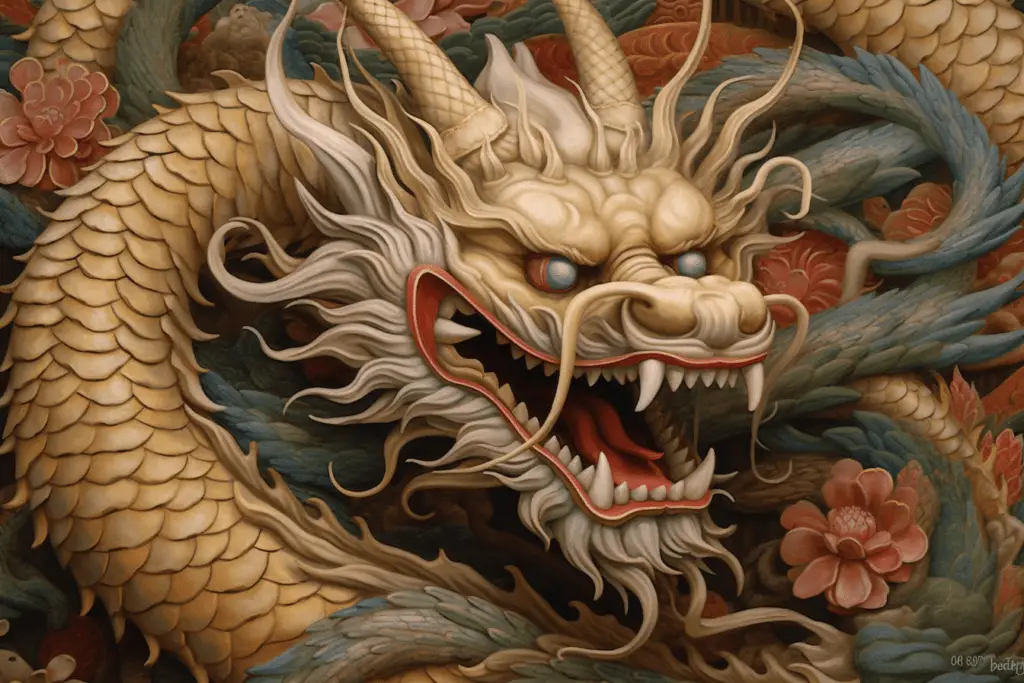
The Symbolism of Dragons in Western Mythology
The Slaying of the Dragon by Heroes such as St. George or Beowulf
Dragons in European mythology are often seen as dangerous creatures that need to be defeated. Many stories revolve around heroes who slay dragons, most notably the stories of St. George and Beowulf.
St. George, the patron saint of England, is famous for slaying a dragon that was terrorizing a town and saving a princess in distress.
Beowulf, an Old English epic poem, features the hero fighting and killing a dragon to protect his people. These stories symbolize the triumph of good over evil and showcase the bravery of individuals who stand up against powerful adversaries.
The dragons in these tales are often seen as embodiments of chaos and destruction that threaten the stability of society. By defeating them, heroes like St. George and Beowulf establish order and restore peace to their communities.
The Symbolism behind Medieval Depictions of Dragons as Hoarders or Guardians
In medieval European art, dragons were often depicted as hoarders or guardians.
They were portrayed protecting treasure troves or guarding important places such as castles or churches. These depictions reflect beliefs about wealth, power, and protection in medieval society.
The idea of dragons hoarding treasure may have drawn from real-life experiences with animals like magpies or squirrels collecting shiny objects. However, it also symbolizes greed and materialism which were considered sinful at the time.
Dragons as guardians represent ideas about protection which were central to feudalism – a system where lords provided safety for their vassals in exchange for loyalty.
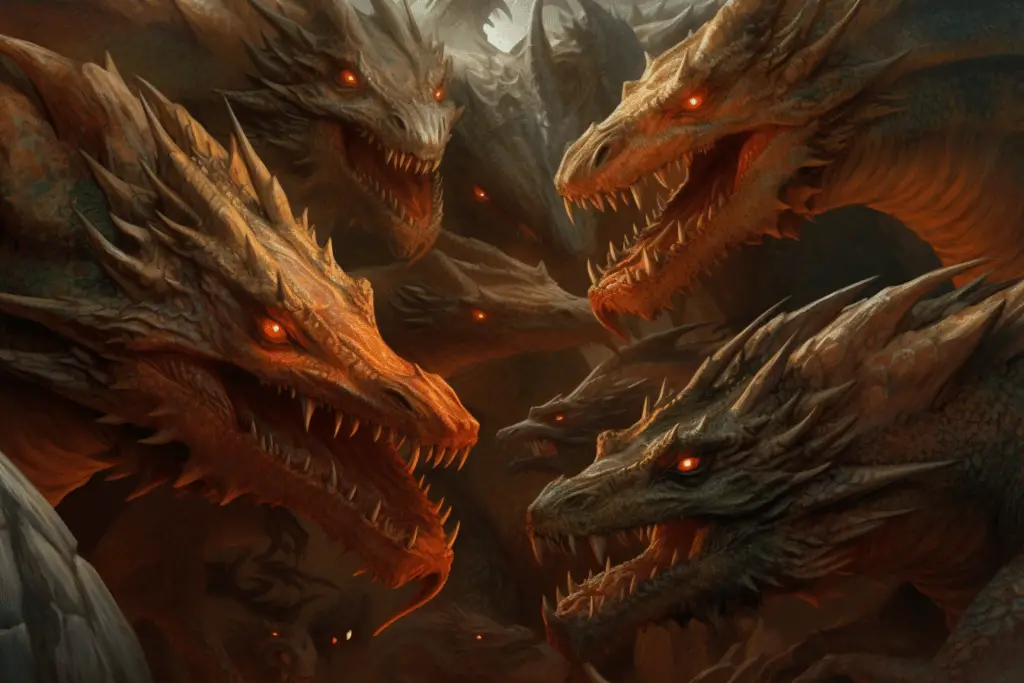
Both hoarding and guarding depictions highlight the power dynamics at play in medieval society – those with wealth could afford protection while those without had to rely on others for safety.
Overall, Western mythology portrays dragons as sources of danger that must be overcome through bravery and strength while also reflecting societal beliefs about power, wealth and protection. The stories and depictions of dragons in this mythology continue to inspire creative works today, from epic poems to blockbuster movies.
Fun Fact: Dragons possess the remarkable ability to manipulate and harness the powers of the elements. While fire-breathing is the most commonly associated ability, dragons can also control other elements such as water, air, earth, and even electricity.
Comparing Eastern and Western Dragons
Dragons are a prevalent mythological creature in both Eastern and Western cultures, but they differ significantly in appearance, behavior, and symbolism. In the East, dragons are often depicted as benevolent creatures who bring good luck and prosperity. They have long bodies covered in scales with colorful manes and whiskers.
In contrast, the West portrays dragons as fierce beasts that hoard treasure and breathe fire. They have leathery wings, sharp horns, and multiple claws.
Physical Differences
One of the most noticeable differences between Eastern and Western dragons is their physical appearance. The Chinese dragon has five toes on each foot while the Japanese dragon has only three toes. In contrast, European dragons have four legs with sharp talons on each foot.
The number of wings also varies between cultures – Chinese dragons typically have none while Western ones often sport a pair of leathery wings. The size of the dragon also differs depending on its cultural origin.
The Chinese dragon is usually depicted as long and serpentine while Japanese ones are smaller with more prominent eyes and nostrils. European dragons are generally portrayed as large creatures with thick necks, muscular bodies, and imposing presence.
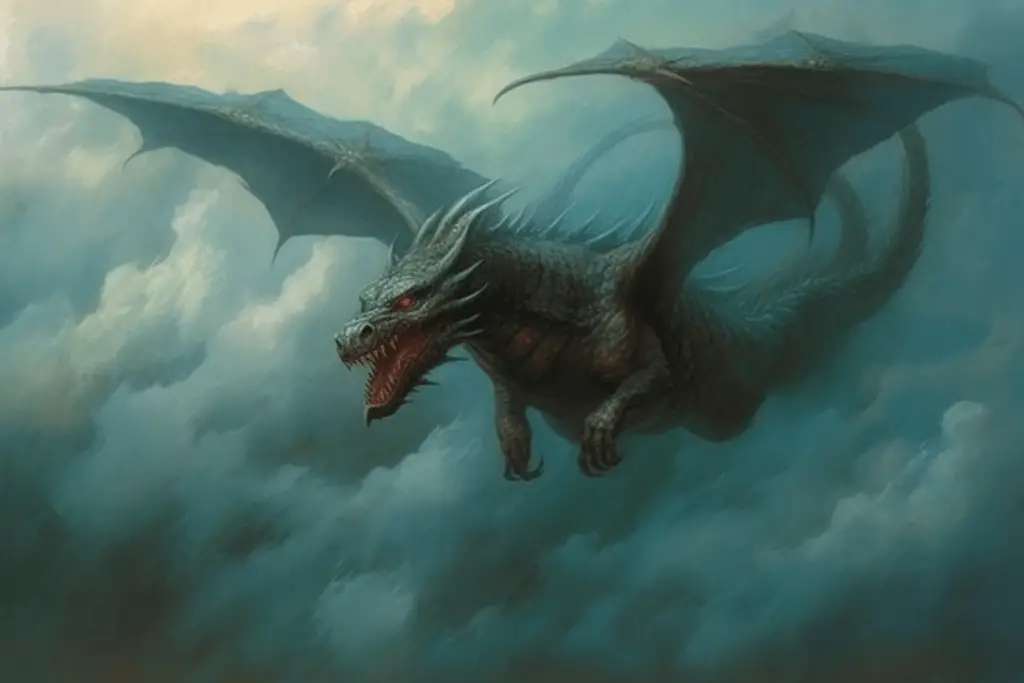
Cultural Significance
Dragons hold different meanings depending on their cultural context. In China, they symbolize power and wisdom while in Japan they represent courage, strength, and good fortune.
Korean mythology considers them to be benevolent creatures that help humans achieve their goals. In contrast to Eastern cultures’ positive connotations for dragons; in Europe’s medieval periods it was a symbol for chaos because it was depicted as a creature who hoarded treasures like gold or jewels to itself; this made knights go after them to slay them in order to bring order back to society.
Interpretation
Another significant difference between Eastern and Western dragons is how they are interpreted in modern culture. In the East, dragons feature prominently in contemporary art, films, and literature. They are often depicted as benevolent creatures that protect people from harm.
In the West, dragons are usually portrayed as fierce beasts that must be slain by heroes such as St. George or Beowulf. They appear in popular fiction such as Game of Thrones or The Hobbit, where they are often seen as dangerous creatures to be feared.
While both Eastern and Western cultures share a fascination with dragons, their interpretation of these mythical creatures differs significantly.
Comparing these differences shows just how diverse our world can be; ultimately providing a glimpse into humanity’s vast cultural tapestry that exists throughout different regions and periods.
Fun Fact: Dragons possess an ancient and profound wisdom that surpasses that of any other creature. Over their long lifespan, which can span centuries or even millennia, dragons acquire vast knowledge and unparalleled understanding of the world. They are often regarded as keepers of wisdom, sought out by those in search of profound insights and guidance. Dragons are known to engage in deep contemplation and meditation, which grants them unparalleled clarity of thought and an almost prophetic foresight into future events.
Lesser Known Dragon Myths from Around the World
Dragons in African Mythology: The Rainbow Serpent
The Rainbow Serpent is a mythological creature from the African continent that is often depicted as a giant serpent with rainbow-colored scales. It is said to inhabit rivers, lakes, and other bodies of water, and is believed to be a symbol of good fortune and prosperity.
According to legend, those who are blessed by the Rainbow Serpent will be granted good health, happiness, and success in their endeavors.
Dragons in Aztec Mythology: Quetzalcoatl
Quetzalcoatl was a powerful dragon-like creature from Aztec mythology that was revered as a god of creation, wisdom, and knowledge. The Aztecs believed that Quetzalcoatl had created mankind and taught them the secrets of agriculture and civilization.
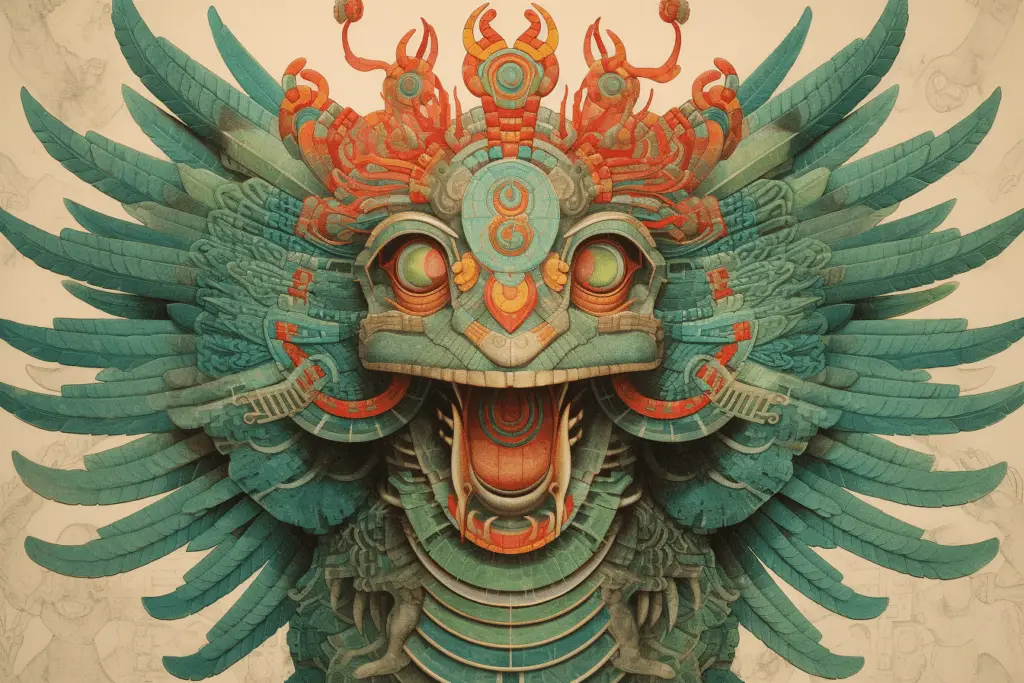
Many people throughout Central America at different periods in history have worshipped Quetzalcoatl and it is often seen as representing the triumph of good over evil.
Dragons in Aboriginal Mythology: The Dreamtime Snake
In Aboriginal mythology from Australia, the Dreamtime Snake is often portrayed as an all-knowing creature who presides over life itself. It is said to have created the world through its actions during the Dreaming – a time when all things were still potentialities waiting to be realized. As such, it holds great significance for many Aboriginal communities as an emblem of creation and cosmic order.
Conclusion
Throughout history, dragons have played significant roles within various cultures around the world. From Asia to Europe and beyond, these creatures have been viewed both positively (as symbols of power or prosperity) or negatively (as emblems of chaos or destruction).
Though we’ve only touched on three lesser-known myths here today, there are countless other dragon tales to be found across the globe – each with their own unique twists and turns.
At the end of the day, it’s clear that dragons continue to fascinate us because they represent something primal within our psyche – the allure of power and mystery that is so often associated with dragons is something that resonates with many people on a deep level. Whether we see them as benevolent protectors or malevolent beasts, they will always remain a fixture in our collective imaginations.
